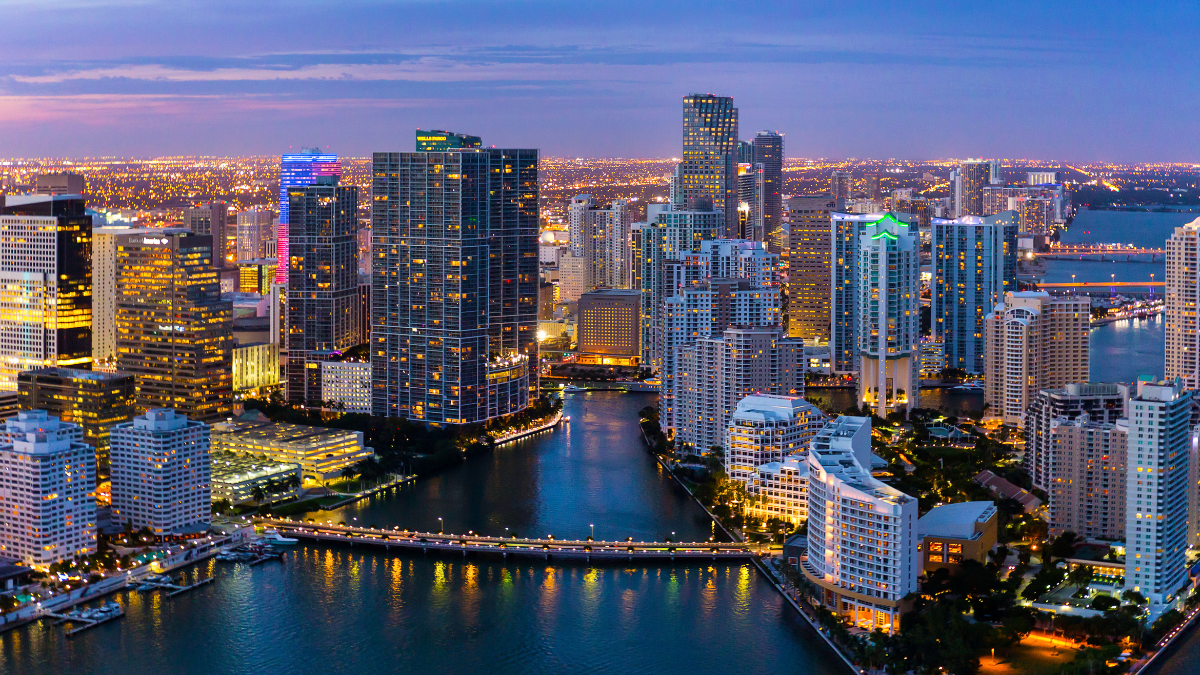Ancient Miami Circle treated as dog park

Advertisement

At the heart of Miami’s Brickell Avenue financial district lies an archaeological site known as the Miami Circle. What was once the earliest Miamians’ ancestral property is now home to extensive landscaping and a part of the daily dogwalkers’ routine.
“People think this is a dog park,” said Yoni Kalin, a local dog owner and regular Miami Circle visitor.
In 1998, a circle with a 38-foot diameter was uncovered at the point of the south bank of the Miami River and Miami’s Native American roots were unveiled. An excavation process before construction of a condo tower led to the discovery of this historical artifact. Archaeologists declared it belonged to the Native American tribe Tequesta.
As a result of vocal demands for the artifact to be preserved and displayed, the county bought the area for $26.7 million. In 2003, the artifact was reburied to preserve it. It is now under state control.
Today, what meets the eye are trees, grass and concrete benches. Parking is limited as the only spaces available are two handicap spots at the entrance of the park. Despite the weather-beaten signs and audio tour phone number available, to the naked eye the Miami Circle is just another park.
Visitors tend to enjoy the view of the Miami River while playing fetch with their dogs or getting their daily workouts done.
“It’s great because, if you have a dog you can come to relax and it’s like a social park for dogs,” said Paulina Lozano, a daily Miami Circle visitor. “And the view is very relaxing and beautiful. It’s like a family park.”
This Tequesta Indian artifact has undergone renovations since its initial discovery in 1998. However, people remain unaware of the site’s historic significance as the artifact itself is not visible and signs are worn out and scarred by graffiti.
“I only knew because my parents were visiting and they’re very big on history,” said Beatriz Ruiperez, a local resident who has been visiting the park for two years. “They found out and they told me about it.”
Some Miamians are hoping for the state to bring more attention to this 2,000-year-old archaeological artifact with the public still able to enjoy the area.
“If we can have some signs or some information, Miami, please let us know so we can respect the grounds,” said Mr. Kalin. “It’s very important. Otherwise, people are clueless. When I moved here, I had no idea until someone mentioned it to me and I was like, well, that changes the picture a little bit.”


